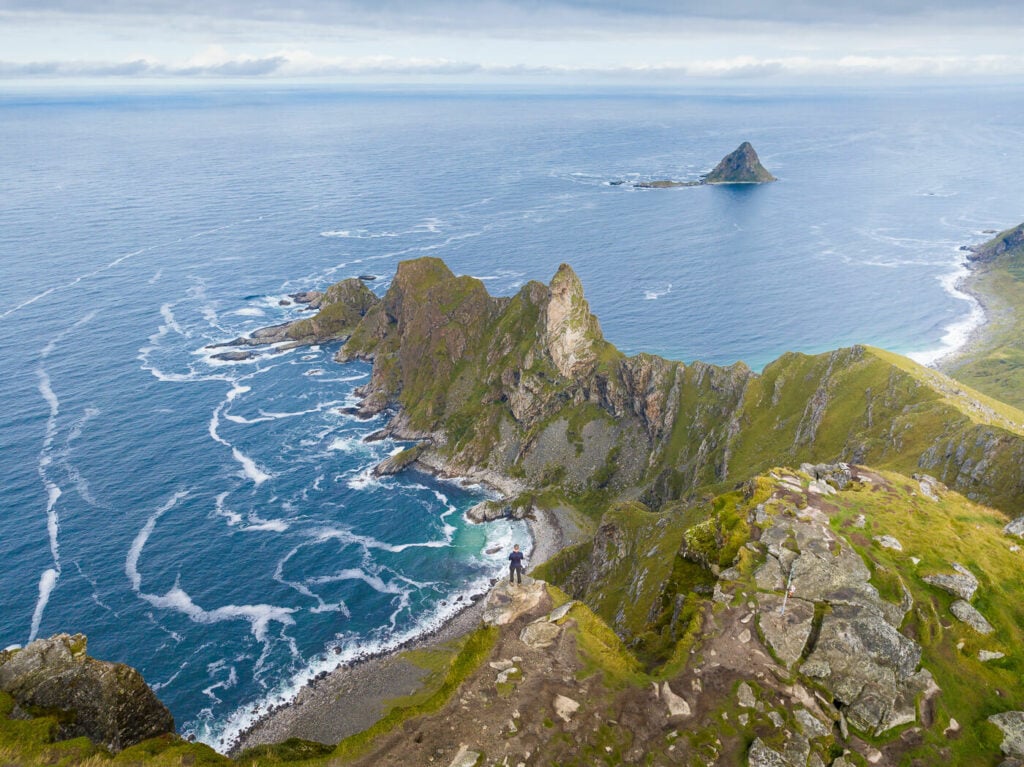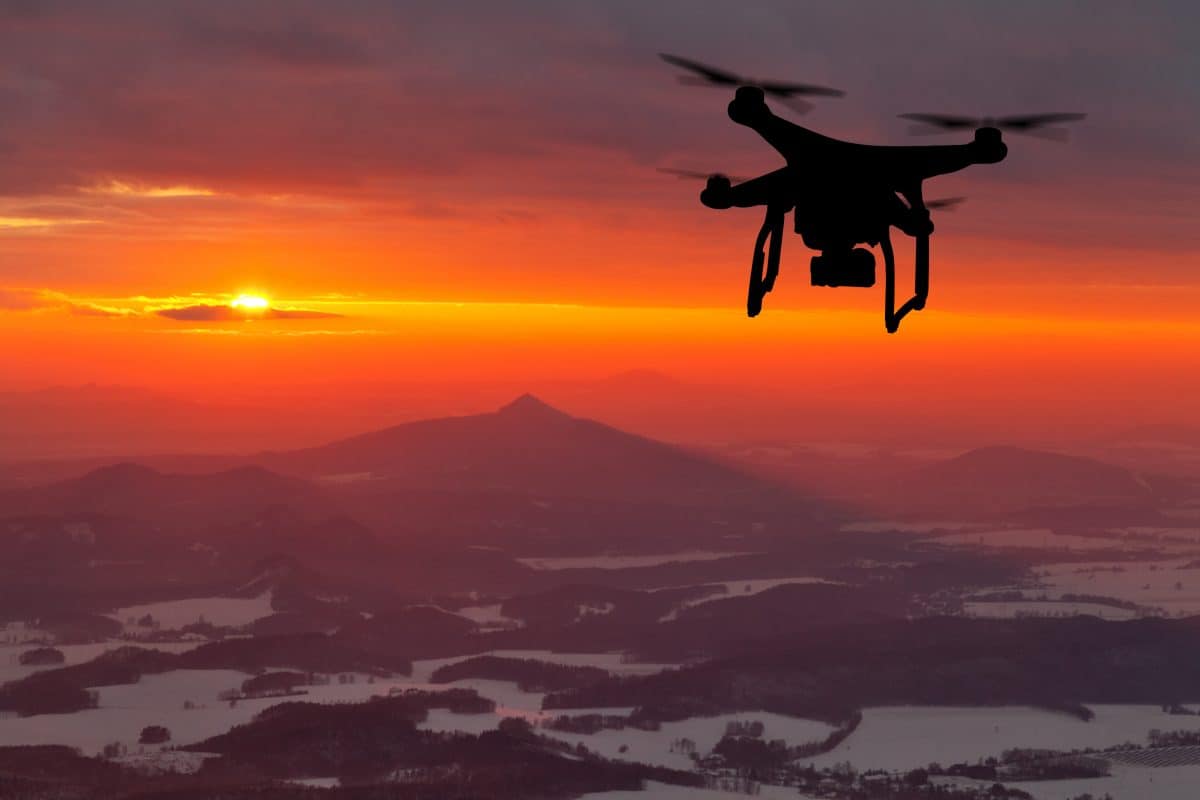Drone Photographer Coeur d'Alene Offering High-Quality Imagery
Drone Photographer Coeur d'Alene Offering High-Quality Imagery
Blog Article
Transform Your Point Of View: The Art and Science Behind Drone Digital Photography
Drone photography stands for a significant junction of imaginative vision and technical advancement, making it possible for makers to record perspectives previously unattainable. Comprehending the technicians of drone innovation, from tools options to make-up methods, is vital for attaining engaging imagery. Additionally, considerations such as illumination and ecological problems can exceptionally affect the final end result. As digital photographers refine their skills in both airborne technique and post-processing, they open a richer narrative possibility. What really differentiates effective drone digital photography from simple airborne snapshots? Discovering this concern exposes much deeper understandings into the craft and its progressing landscape.
Recognizing Drone Innovation
Comprehending drone technology is necessary for any individual interested in using its capabilities for digital photography. Drones, or unmanned aerial lorries (UAVs), depend on a mix of equipment and software program to accomplish flight and capture images. At their core, these devices are outfitted with sensors, cams, and navigating systems that allow them to fly autonomously or be managed from another location.
The main elements of drone modern technology include the flight controller, which works as the mind of the drone, refining data from different sensing units to ensure stable flight. In addition, general practitioner technology plays a critical function in navigating, allowing drones to comply with pre-defined flight courses and preserve their position also in tough problems.

In addition, understanding the regulatory landscape surrounding drone use is vital, as it governs where and how drones can be run, guaranteeing safety and conformity. Knowledge with these facets of drone innovation encourages photographers to maximize their imaginative potential while sticking to legal guidelines.
Crucial Tools for Drone Digital Photography
Picking the right equipment is important for accomplishing phenomenal cause drone photography. At the heart of this arrangement is the drone itself, which must be chosen based upon flight stability, camera top quality, and convenience of usage. Popular designs usually feature integrated high-definition video cameras that catch magnificent airborne images.
Along with the drone, buying a high-grade cam is necessary. Numerous drones come outfitted with electronic cameras qualified of shooting in 4K resolution, but also for professional-grade results, think about a drone that enables compatible cams or supports larger sensing units. This flexibility can significantly improve image quality.
Stabilization is one more crucial component. A three-axis gimbal is suggested for smooth video footage, decreasing resonances that can take away from photo quality. Added batteries and a reputable charger make sure extended flight time, enabling for even more extensive shoots (drone photographer).
Understanding Composition Techniques
Grasping composition strategies is basic to boosting your drone photography from ordinary to amazing. A well-composed picture captures the viewer's attention and communicates an effective narrative.
One of the essential concepts to think about is the rule of thirds, which involves dividing your frame into a grid of 9 equal parts. Positioning crucial elements along these lines or at their intersections creates aesthetic passion and balance. Furthermore, leading lines can guide the visitor's eye with the photograph, attracting focus to the subject and adding depth.
An additional effective method is mounting, where natural environments such as trees or buildings frame the topic, boosting the focal factor. This method not just gives context however also develops a sense of affection within the click resources scene.

Finally, always be conscious of the perspective line. An uneven perspective can sidetrack and detract from an or else fascinating image. By understanding these make-up techniques, you can significantly improve the effect of your drone photography.
Lights and Weather Factors To Consider
In drone digital photography, the interplay of illumination and weather condition can significantly influence the high quality and mood of your photos. Optimal illumination conditions are critical; the golden hours-- soon after dawn and before sundown-- offer soft, diffused light that boosts shades and reduces rough shadows. During these times, the landscape shows up a lot more dynamic and vibrant, enabling spectacular aerial shots.
Conversely, cloudy skies can create a level, low-key palette, yet they can likewise give also lighting that decreases contrast and highlights information in the setting. This can be advantageous for catching structures in city settings or elaborate patterns in nature.
Climate problems, such as haze, rain, or snow, can additionally add distinct aspects to your digital photography. Fog can develop a feeling of secret, while rain can enhance colors and saturate the landscape. Nonetheless, it is necessary to consider the safety of your drone; flying in negative climate conditions can lead to equipment damage or loss of control.
Eventually, recognizing exactly how lights and climate impact your airborne shots enables you to choose the optimal problems for your drone digital photography, making sure visually striking and engaging photos.
Post-Processing Idea
After catching magnificent aerial pictures, the next step includes refining those shots through post-processing. This vital phase improves the aesthetic impact of your photographs, enabling you to find more highlight the special perspectives that drones supply.
Beginning with software devices like Adobe Lightroom or Photoshop, which provide robust editing and enhancing abilities. Begin by remedying exposure and white balance to guarantee that your colors appear true to life. Use pie chart checks to attain optimum brightness levels, avoiding too much exposure or loss of information in shadows.
Following, boost comparison to add deepness to your images. Changing clarity can hone vital details without introducing noise, which is specifically helpful in aerial shots where texture plays a considerable role. Do not shy away from chopping; this can assist concentrate the visitor's attention on the main subject.
Think about applying a small vignette to guide the viewer's eye toward the facility of the image. By mastering these post-processing methods, you can raise your drone photography to new elevations.
Verdict

What genuinely distinguishes effective drone digital photography from simple airborne photos? Many drones come geared up with electronic cameras capable of capturing in 4K resolution, yet for professional-grade outcomes, take into consideration a drone that allows for compatible cameras or sustains larger sensing units. By grasping these make-up techniques, you can considerably improve the influence of your drone digital photography.
In drone photography, the interplay of illumination and climate can dramatically affect the quality and state of mind of your photos (drone photographer). By understanding these post-processing techniques, you can elevate your drone photography to brand-new heights
Report this page